Huffington Post
By Danielle Gould
Until now, food innovation happened behind closed doors at a few select multinational corporations. But as the Internet and technology are democratizing virtually every industry — like healthcare and publishing — the sustainable food industry has an opportunity to level the playing field with industrial food.
As the staple of the American table, meat is prime for improvement. And while the demand for sustainable meat is booming, the industry is having difficulty keeping up. For this reason, from June 21-23, Food+Tech Connect, in partnership with GRACE Communications Foundation and Applegate, hosted Hack//Meat Silicon Valley, a hackathon to prototype software and hardware solutions to sustainable meat industry challenges. For 48 hours at the Institute of Design at Stanford, over 250 food industry leaders (“steakholders”), technologists, creatives and entrepreneurs from across the country gathered to co-create the future of food innovation. Hackers worked to tackle some of the industry’s biggest problems and developed solutions that bridge the gap between pasture and plate.
When they arrived at the hackathon, leaders from the James Beard Foundation, The Butcher’s Guild, The American Grassfed Association, The Natural Resources Defense Council (NRDC) and the Niche Meat Processors Assistance Network were not well versed in technology or design. When hackers from Facebook, Google and other technology startups arrived, they knew little about the problems facing sustainable meat production and consumption. However, over the course of the weekend, armed with sticky notes, white-boards and farm-to-fork eats, these two groups collaboratively developed 24 technologies and business models, tackling issues like meeting growing demand for sustainably produced meat, consumer education around food labeling, whole animal utilization and celebrating the unique flavors of grassfed meat.
Hack//Meat SV aimed to break down the challenges in ways that encourage entrepreneurial problem solving. By educating top tech talent on food issues, and helping farmers, processors, and advocates learn more about technology, we encouraged these previously polarized groups to become co-creators of the future of food.
THE WINNING HACKS AND THE CHALLENGES THEY TACKLED:
Farmers are a dwindling population — by 2030 half a million farmers (1/4) will retire. Young farmers simply are not entering the profession at sufficient replacement rates. Hack//Meat SV Grand Prize Winner, FarmStacker, aims to make it easier for young farmers to enter the profession through an “E-Farmony” or AirBnb-like tool that connects young farmers to land and capital and utilizes stacked agriculture.
Whole animal butchery operations face a unique inventory and costing challenge. When buying a whole animal, one uses different parts of the animal in different categories and it can be practically impossible to track the efficiency, profitability and cash flow of a single piece of meat. Best Business Winner: Cow Share With Us, a purchasing platform that facilitates group buying of whole animals has created a CSA (Community Shared Agriculture)-like model for whole animal purchasing in which the minimum order is only 10 lbs.
Eighty percent of all antibiotics sold in the U.S. are for livestock use, mostly for growth promotion and to compensate for unsanitary, crowded, stressful living conditions. Best Social Good Winner, Buyotic, hopes to build a community of one million empowered consumers who demand antibiotic-free meat through a mobile app that helps people shop their values by locating antibiotic-free chicken and making an online pledge to purchase it. Best Use of Technology Winner Agent Yum, a Google glass application allows shoppers to scan food products in the grocery store, delivering GMO and antibiotic ratings.
Chefs have a difficult time cooking with grassfed meat because of variability of taste, quality and cuts, which can change based on terroir, breed, processor and season. Many also lack experience with preparing grassfed beef, which requires different preparation methods than corn-fed beef. Best Design Winner, Beefopedia, a web-based portal that educates consumers on and celebrates the qualities of heritage beef, attempts to bring a unique understanding of grassfed beef to a wider consumer audience.
Stewardship Agent, a database similar to MLS that allows young new ranchers to gain access to underutilized private lands, through a real-estate-type agent and Find Pasture, a platform that allows farmers to identify suitable land to buy, lease, or share based upon deep data analytics around the type of animal they are looking to raise were awarded the Esri Award for making the best use of Esri’s ArcGIS maps.
Beefopedia, Cow Share With Us and Think Meat went home with the Yummly Award for making the best use of Yummly’s recipe API. More information.
Read more more about Hack//Meat Silicon Valley and the winning hacks here or view the photo highlights here.
Additionally Food+Tech Connect and GRACE Communications Foundation hosted “Hacking Meat,” an online conversation (series of articles) in which leading food and technology innovators responded to the question: “How can information and technology be used to hack (or reimagine) the future of meat?” At its core, the series explores how data, technology and new media can be used to reimagine a more sustainable, profitable and healthy future for meat. You can view all of the meaty submissions here.

